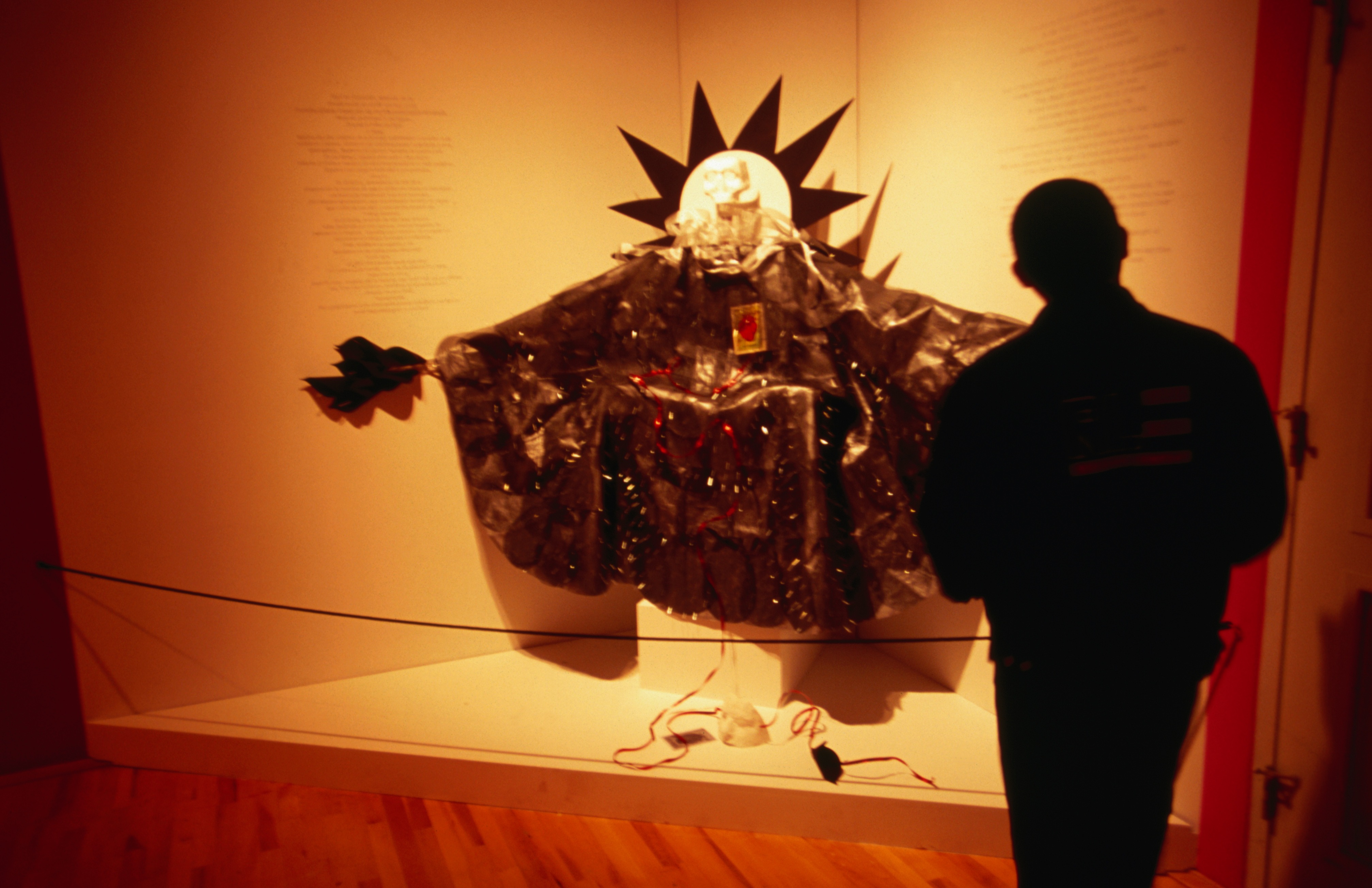

Seasonal touring exhibits may come to a museum for about a period of a month or two before moving on to a new locale. Museums like National Museum of Mexican Art are great locations for viewing exhibits of all kinds whether it be about subjects like dinosaurs, the human body, mummies, ancient civilizations and more. The canon that defines the periods of Mexican art-divided into Pre-Hispanic, colonial, nineteenth-century, popular, and contemporary art-echoes the genealogical hierarchy established for the 1940 exhibition at the Museum of Modern Art in New York, and was still used, officially, through the 1970s and, particularly, at the exhibition Treinta siglos de arte mexicano that was also held in New York in 1990.Buy National Museum of Mexican Art TicketsĮxpand your mind and the minds of your family and friends with National Museum of Mexican Art tickets. Certain isolated works are shown, however, among them, one by Julio Castellanos. The exhibition excludes, as a whole, the group known as contemporary artists, which had already coalesced.

We can deduce from the note at the end of the catalogue that the texts were written by Fernando Gamboa-who at that time was head of the visual arts department and director of the Museum. There is an official directory that mentions the Minister of Public Education. This is the catalogue for the inaugural exhibition at the Museo Nacional de Artes Plásticas at the Palacio de Bellas Artes. There are brief, laudatory texts describing each space.

The catalog includes photographs of a portion of the original collection and the plans for the layout of the exhibition rooms at the Palacio de Bellas Artes. The grand outdoor gallery was devoted to the mural paintings of Diego Rivera, José Clemente Orozco, and Siqueiros. The small rooms on the third floor were named after nineteenth-century artists: Pelegrin Clavé, Eugenio Landesio, and their students. He temporarily hung three works by José Maria Velasco in the foyer, where temporary exhibitions were to be installed, and he placed the self- portraits of contemporary artists in the national salon. The plan was to divide the Museo Nacional de Artes Plásticas into a variety of spaces, as follows: the largest and finest would be devoted to contemporary art David Alfaro Siqueiros would occupy one of the rooms on the ground floor Pre-Hispanic and colonial art would be placed in the entrances and popular art was to be exhibited in a space along the side of the building and in the hallways. His department’s fundamental goal was to create a Museo Dinámico that would be responsible for gathering and safeguarding Mexico’s national art treasures. This text, attributed to Fernando Gamboa, defines how Mexican Art is to be classified in the coming decades: Pre-Hispanic, colonial, nineteenth-century, popular, and contemporary art.


 0 kommentar(er)
0 kommentar(er)
